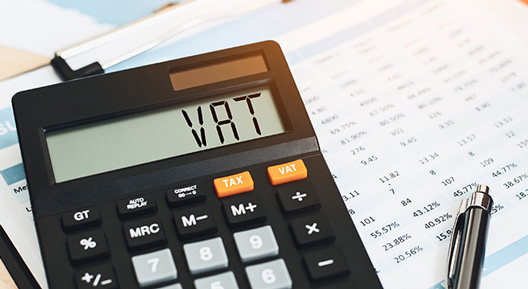Value-added tax vendors should prepare for some challenging and disruptive times. The South African Revenue Service (Sars) has embarked on its VAT modernisation drive.
The aim is to have VAT vendors report all their invoicing and transactional data in real or near real time to Sars without the need for VAT returns.
Prenesh Ramhal, senior manager at Sars’s research and development division, says although VAT remains a modern tax, Sars’s administrative framework has lagged. The rest of the world is using technology to transmit data in the supply and acquisition chain to tax authorities.
The pending data processing for VAT returns received airtime during the annual Tax Indaba, hosted by the South African Institute of Taxation in Sandton, last week.
Better use of embedded data
Sars wants to make better use of data that is already embedded in a VAT vendor’s accounting or supply and purchasing systems. The first step on the modernisation journey is the publication of a discussion document to gather input from all stakeholders.
Read: A summary of Sars’s VAT modernisation discussion document
The next step will be to “onboard” large businesses within the next five years onto a system that will enable them to transmit transactional data directly to Sars.
Gabriel Pezzato, senior regulatory counsel at Sovos, a company that provides tax compliance and regulatory reporting software, says continuous transactional controls took off 25 years ago in Latin America.
They are described as “mandatory transaction data reporting and verification by tax administrations via electronic invoicing or transaction listings in real or near real time”. This form of data reporting has been adopted by countries such as Brazil, Mexico, Italy, Egypt, and Poland.
Speaking from Stockholm, Pezzato said continuous transactional controls refers to transactional data only. The gathering of non-transactional data, such as assets, warehouse data and bank statements, is more challenging.
The e-audit
Many countries have implemented the so-called e-audit where tax authorities collect transactional and non-transactional data directly from a taxpayer’s accounting system.
The most “famous” example of e-auditing, says Pezzato, is the Organisation for Economic Co-operation and Development’s Standard Audit File for Tax Purposes (SAF-T). This is a standardised XML file used for exporting the accounting information of a company to the tax authorities.
“The benefit of this form of auditing is that the tax authority has access to source data with which they can perform a better assessment. Countries that have implemented this regime include Portugal, Angola, Luxembourg, and Norway.”
Pezzato reckons e-audits and continuous transactional controls will simplify compliance in the long term. It will also reduce human errors and risks and create business standards where it is necessary to exchange documentation electronically.
For Sars, it means the revenue collection authority can receive the data daily or even hourly, allowing it to corroborate supply invoices with purchase invoices within a trusted VAT vendor network.
“We do not need to raise alerts if the documents speak to each other, taking a lot of verification cases out of the process … It is highly probable that you will get fewer queries from Sars to submit relevant information or verify records,” Ramhal says.
This may even translate into faster refund times.
Highly disruptive
But before VAT vendors can reap the benefits, there will be major disruptions. Pezzato says in their experience changing to a digital VAT reporting system is very disruptive.
“Normally, these types of systems require more data to be reported to the tax authorities. Gathering the data and to be able to classify the data accordingly is very challenging,” he warns.
Godfrey Williams, a tax adviser engaged in information technology, agrees it takes time to ensure that the correct data is captured. An important pre-requisite is that historic and present data must be “clean”.
Charles de Wet, tax executive at ENSafrica, says there is no escaping the VAT modernisation process. Companies must prepare themselves for the coming disruption.
“It must become part of the strategic plan of the company’s finance department, and it must be on the agenda of the audit committee. Companies will have to allocate resources to move in that direction.”
Multi-year process
Ramhal says it will be a multi-year process because of the different levels of readiness of VAT vendors.
Vendors may have to acquire new software to be able to communicate with the Sars systems, or they may have to adjust their existing systems.
Sars may even be required to provide software devices, such as dongles or electronic fiscal devices, for certain types of industries.
“Initially, we would like accounting systems to interface with us. Our international research shows us that a lot of accounting information systems and software service providers have experienced this type of migration to a digital VAT transmission of data,” Ramhal says.
However, he gives the assurance that Sars will not push implementation if vendors are not ready. “Some European and Latin American countries have postponed their dates for VAT modernisation, largely citing vendor readiness for doing so,” he says.
Amanda Visser is a freelance journalist who specialises in tax and has written about trade law, competition law and regulatory issues.
Disclaimer: The views expressed in this article are those of the writer and are not necessarily shared by Moonstone Information Refinery or its sister companies. The information in this article does not constitute financial planning, legal or tax advice that is appropriate to every individual’s needs and circumstances.



